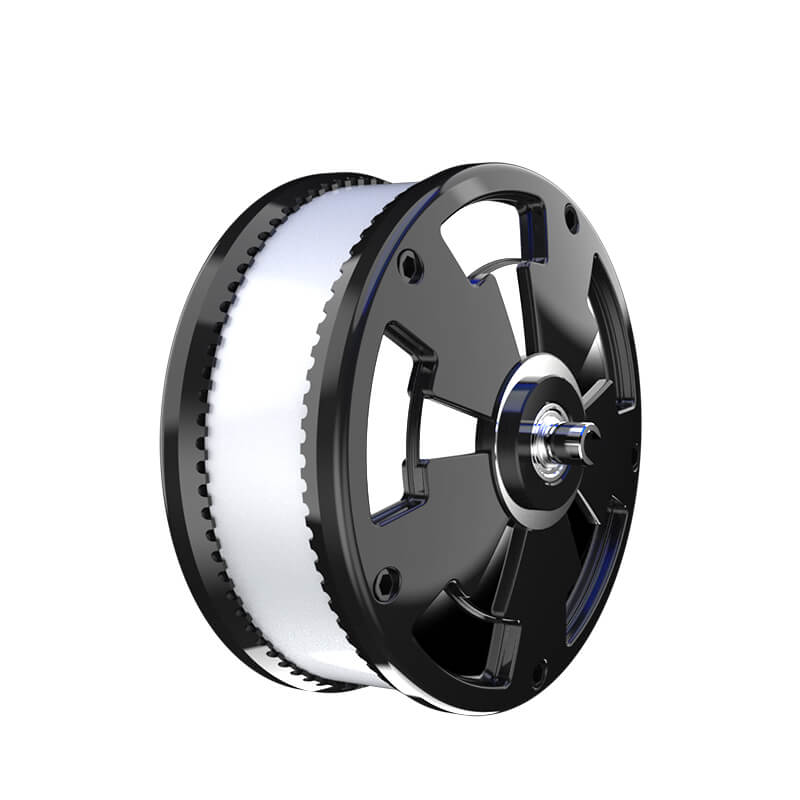When it comes to building modern, scalable applications, the architecture plays a crucial role in how everything runs behind the scenes. One of the most efficient and flexible approaches is the microservice application architecture. But what exactly does this mean for your system? And why should you consider it? Let’s break it down in a way that feels approachable.

Imagine running a large e-commerce site. You have customer management, payment processing, inventory control, and order fulfillment—all of these could be huge systems on their own. With a monolithic approach, all these different tasks would be tightly integrated into a single large application, making updates and maintenance tricky. If one part fails, the whole system could be impacted. Not ideal.
Here’s where microservices come in. Rather than having one big monolithic app, you split the system into small, independent services that focus on a specific business function. These microservices can communicate with each other through APIs, but they can run, scale, and be updated independently. This approach makes it easier to maintain, update, and scale each component without disrupting the whole system.
For example, if you need to make a change in how the payment system works, you can do so without touching the rest of the system. The same goes for any other feature—whether it’s the customer database, the inventory system, or the order processing service. Each part operates as its own little unit, with its own lifecycle.
Now, you might be wondering, “Okay, this sounds great, but how do I visualize this in action?” Enter the microservice application architecture diagram.
The diagram is a simple yet powerful tool that illustrates how all the services interact with each other. You can think of it as a map that shows how different microservices—each representing a specific function like user authentication, inventory updates, and payment gateways—are connected to one another. It’s like showing the backbone of your application, where each service plays a unique role and communicates with others through well-defined interfaces.
The beauty of these diagrams lies in their simplicity and clarity. Once you have a good microservice architecture diagram, it becomes easier for your team to understand how the system works, what dependencies exist between different services, and where potential bottlenecks might occur.
Still, it’s important to remember that microservices aren’t a one-size-fits-all solution. While they offer tons of flexibility, they also require careful planning. For instance, managing the communication between services can become complex, especially as the number of services grows. This is where using the right tools and strategies for monitoring, logging, and tracking comes into play.
Another point to consider is that while each microservice is independently deployable, deploying too many microservices without proper management could lead to issues like increased latency or difficulties in troubleshooting. So it’s not just about having a diagram; it’s about how you build, manage, and monitor those services over time.
In short, adopting a microservice-based architecture could significantly improve how your business handles its software development and operations. A microservice application architecture diagram helps you map this out in a way that everyone can understand. And if you're considering scaling your operations or enhancing your system’s flexibility, this could be the architecture that powers the future of your application.
Established in 2005, Kpower has been dedicated to a professional compact motion unit manufacturer, headquartered in Dongguan, Guangdong Province, China. Leveraging innovations in modular drive technology, Kpower integrates high-performance motors, precision reducers, and multi-protocol control systems to provide efficient and customized smart drive system solutions. Kpower has delivered professional drive system solutions to over 500 enterprise clients globally with products covering various fields such as Smart Home Systems, Automatic Electronics, Robotics, Precision Agriculture, Drones, and Industrial Automation.




































